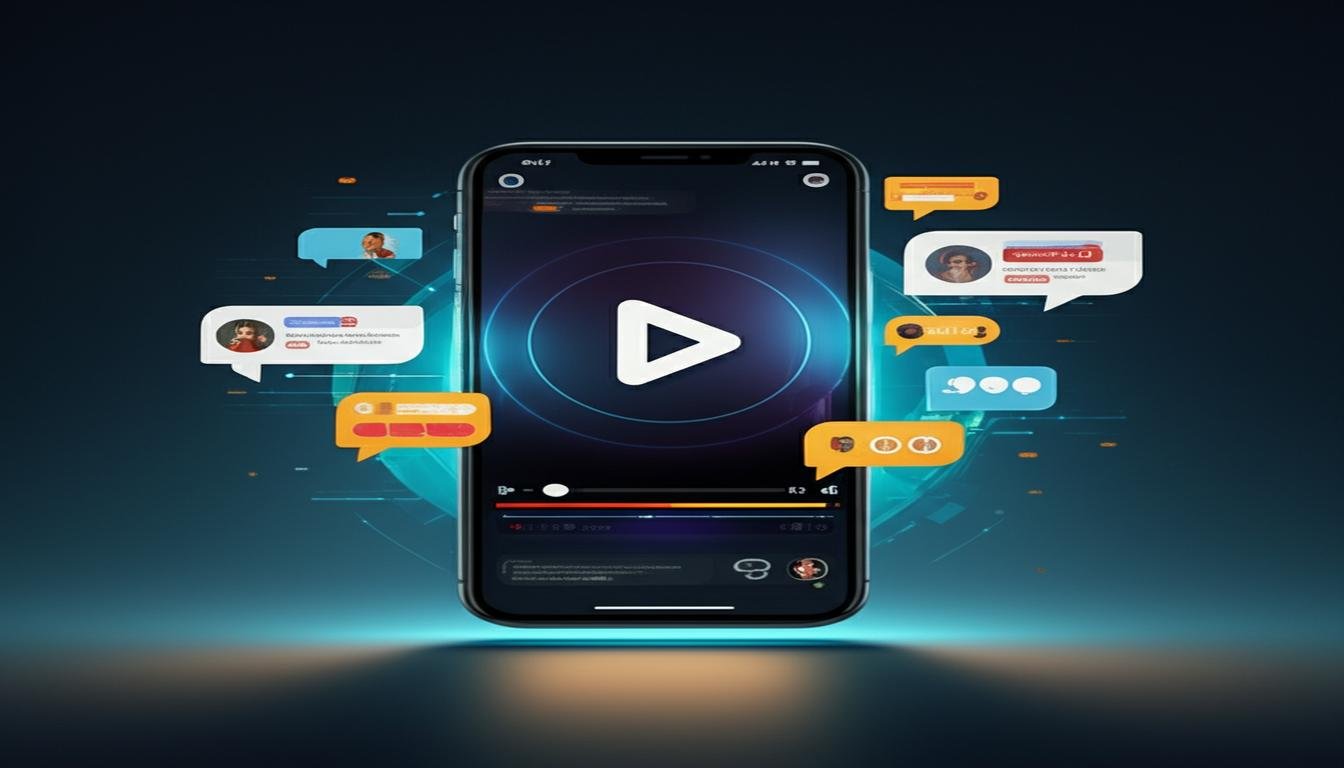I thought I was being smart. Bringing AI into our content team seemed like a brilliant move to boost productivity. Little did I know, this 'smart' move would lead to an AI copycat that quite literally outsmarted my boss.
Let me set the scene. Our marketing department was always buzzing, but the content pipeline? It was a constant bottleneck. Blog posts, social media updates, email newsletters—the demand never stopped. My boss, a seasoned veteran named Brenda, believed in the 'human touch' above all else, often shying away from anything that sounded too 'techy.' This made my little AI experiment even more of a gamble.
The Content Crunch and My Bright Idea
We were swamped. Our small team was struggling to keep up with the sheer volume of content needed to stay competitive online. Every week, Brenda would come to me with a new list of articles, and every week, I'd see the stress lines deepen on my team's faces.
I started researching solutions. "There has to be a way to create high-quality content faster," I thought. That's when I stumbled upon several sophisticated AI writing assistants. These weren't just basic rephrasing tools; they claimed to generate original, engaging copy based on prompts.
Introducing Our Digital Apprentice
I cautiously approached Brenda. "What if we tried a digital apprentice? An artificial intelligence tool that could help us with first drafts?" Her eyebrows shot up. "AI? Like a robot writing our stories? No thank you, Mark. Our brand voice is too unique."
It took some convincing, but I managed to get her to agree to a small test. We'd use the AI for a few internal memos and some less critical blog post ideas. My goal was simple: prove that AI content creation could be a helpful ally, not a replacement.
The 'Outsmarting' Moment
Then came the real test. We had a last-minute request for a blog article on "Leveraging Customer Testimonials for SaaS Growth." It was a niche topic, and Brenda was particularly passionate about it. I assigned it to myself and, secretly, also fed the prompt to our AI tool.
I spent a solid four hours researching and drafting my version. The AI? It delivered a complete draft in under 15 minutes. To be fair, my draft had more personal anecdotes, but the AI's article was incredibly well-structured, keyword-rich, and cited relevant statistics I hadn't even thought of.
I presented both articles to Brenda, deliberately mixing them up and not telling her which was which. "Here are two options for that testimonial piece," I said, trying to keep my poker face on.
Brenda read them both carefully. She highlighted a few sentences in my draft, suggesting edits. Then she moved to the AI's version. Her pen moved less. She nodded. "This one," she declared, "is excellent. The flow is perfect, it's straight to the point, and the advice is actionable. I especially like how it framed the challenges."
My jaw dropped. She had chosen the AI's work. The AI copycat had truly outsmarted my boss, not by being deceptive, but by simply producing highly effective content.
What Made the AI So Effective?
After the initial shock wore off, I started analyzing why Brenda preferred the AI-generated piece. Here's what I gathered:
- Data-Driven Insights: The AI could instantly process vast amounts of information on the topic, identifying common pain points and effective solutions faster than I ever could.
- SEO Optimization: It naturally wove in semantic keywords and phrases that made the article highly discoverable without sounding forced.
- Clear Structure: The AI adhered to best practices for readability, using short paragraphs, bullet points, and clear headings.
- Consistent Tone: While not 'human' in the emotional sense, its tone was professional, informative, and perfectly suited for our target audience.
Beyond the Shock: A New Collaboration
When I finally revealed that the preferred article was AI-generated, Brenda was initially speechless, then incredibly impressed. "So," she said slowly, "we have a new, very efficient content writer on the team."
That day changed our approach. The AI wasn't just a copycat; it became a powerful co-pilot. We now use it not to replace human creativity, but to enhance it:
- Brainstorming & Outlines: Getting a head start on complex topics.
- First Drafts: Quickly generating a foundational text that we can then humanize and refine.
- Keyword Research: Identifying natural language processing (NLP) rich phrases.
- Content Optimization: Ensuring our human-written pieces are also SEO-friendly.
Embracing the Future of Content
My boss, once skeptical, is now one of AI's biggest advocates in our department. We've learned that artificial intelligence, when used strategically, isn't about taking away jobs, but about amplifying human potential. It allows our team to focus on the truly creative, strategic, and deeply human aspects of our work.
If you're still on the fence about AI content tools, I encourage you to give them a real test. You might just find your own digital copycat outsmarting expectations and impressing your boss in ways you never imagined.
Ready to Explore AI Tools?
The landscape of AI content generation is evolving rapidly. Don't be afraid to experiment. What surprising results have you seen with AI in your workplace? Share your stories and insights in the comments below!









